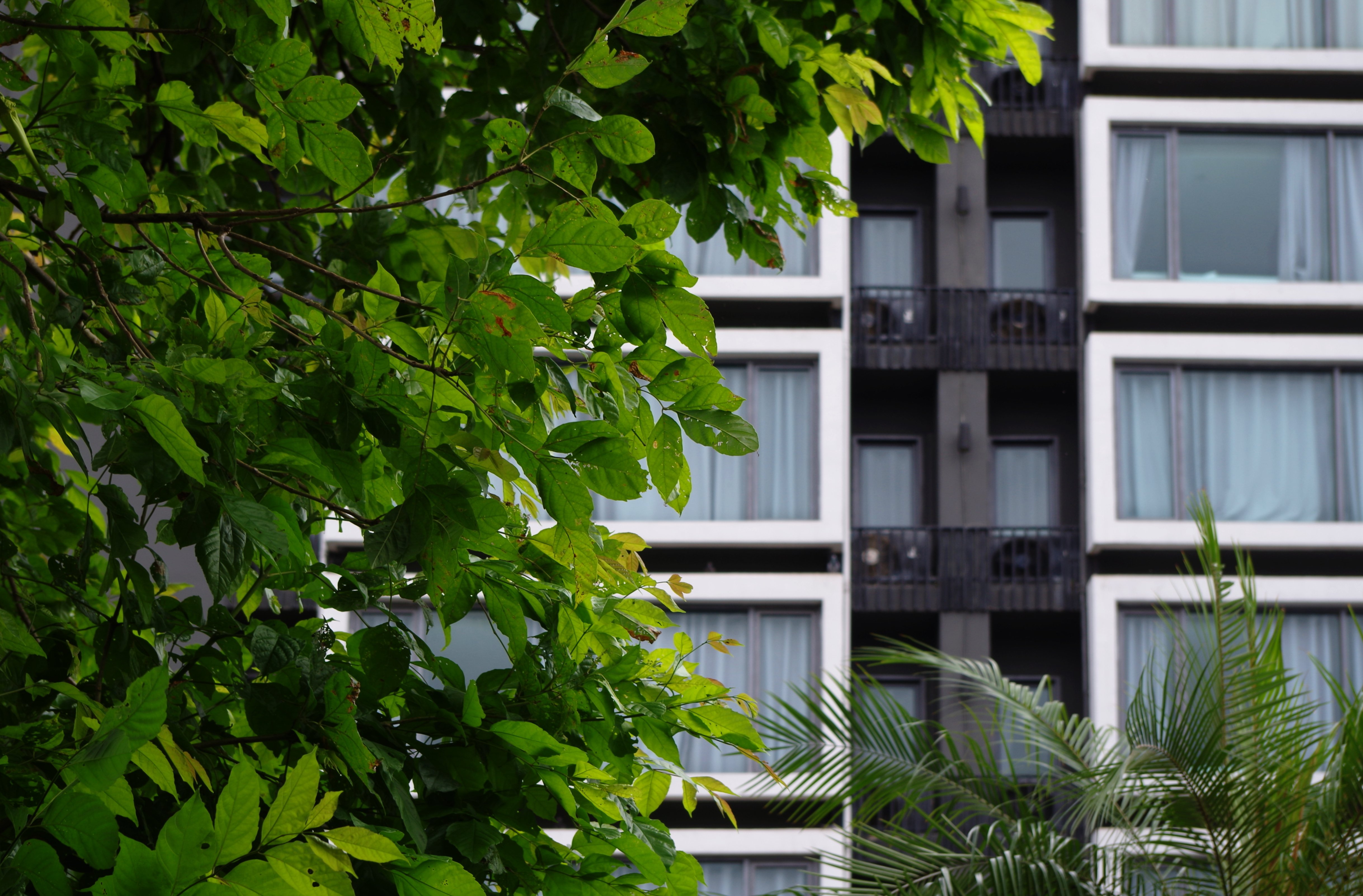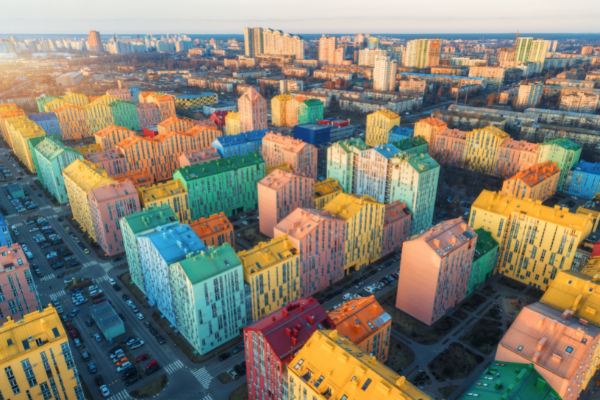Key Takeaways of the Inflation Reduction Act of 2022
The Inflation Reduction Act of 2022 includes important provisions for multiple stakeholders in the AEC, including architects and their clients. At $370B, this is the largest federal investment ever passed into law that will combat climate change through energy and other climate-related initiatives. Because the Inflation Reduction Act includes AIA-supported priorities for building codes, climate tax incentives, and affordable housing, this investment has the potential to put the United States on a path to roughly 40% percent emissions reduction by 2030.

AEC Impact
Energy Codes
$330M for states and local governments to adopt or exceed the ASHRAE 90.1-2019 and/or IECC 2021 energy codes, and $670M to implement zero-energy stretch codes.
Federal Buildings and Infrastructure
Multiple investments in the energy efficiency of federal buildings including $250M for GSA retrofits, $2.15B for the Federal Buildings Fund for lowering embodied impacts of materials and products used in buildings and construction., and $975M for GSA Investments to sustainable technologies and programs.
Greenhouse Gas Reduction Fund
$7B in grants to enable low-income and disadvantaged communities to deploy or benefit from zero-emission technologies and greenhouse gas reduction activities.
Disaster Response
FEMA to provide funds for net-zero energy projects and low carbon materials to rebuild after natural disasters.
Environmental and Climate Justice
$2.8B in grants and $200M in technical assistance for environmental and climate justice activities that include air monitoring, heat island, indoor air quality improvements and educational activities.
Housing
Residential projects win most from the passing of the legislation. Multi-family developments, single-family homes, and low-income housing will see beneficial changes in tax credits and rebate programs to upgrade their homes.
High-Efficiency Electric Homes Rebate
$4.275B to state energy offices to establish a high-efficiency electric home rebate program. $225M in grants to Tribal Nations to develop and establish their own high-efficiency electric home rebate programs.
Affordable Housing Efficiency and Climate Resilience
$1B to HUD to fund and implement grants and loans to enhance the water efficiency, energy efficiency, and resilience of eligible affordable housing units.
HOMES Rebate Program
$4.3B to state energy offices to develop a HOMES rebate program for homeowners and aggregators to make energy-saving improvements. Depending on the dwelling type and household income threshold, single-family homeowner rebates will range from $2k - $8k and multifamily residential buildings between $200k-$400k total.
Tax Credits
45L | New Energy Efficiency Home Credit
The 10-year extension will continue to support zero energy-ready homes and compliance with Energy Star requirements for single-family and multi-family construction. The credit amounts and energy-saving requirements have been modified to encourage residential efficiency.
Research Credit for Small Businesses
This tax credit has increased by $250k to $500k for small businesses to offset payroll taxes.
Low-Income Housing Tax Credit (LIHTC)
Ensures that energy credits do not negatively affect LIHTCs. Eligible entities claiming both an energy credit and a LIHTC are not required to reduce their LIHTC basis for credits claimed.
25C | Energy Efficient Home Improvement Credit
The 10-year extension provides homeowners the ability to claim a credit of up to 30% of the cost of energy-saving products, up to a total of $1.2k annually for most purchases. Limits and exemptions apply depending on equipment type and energy source (electric or gas).
Tax Deductions
179D | Energy Efficient Commercial Building Tax Deduction
Tier 1 has a lower base deduction of $0.50/ sq. ft. if buildings outperform code baseline by 25% and up to $1/ sq. ft. if annual energy savings is reduced beyond 25%. Tier 2 has a higher base deduction of $2.50/ sq. ft. and up to $5.00/ sq. ft. if the building also meets the prevailing wage and apprenticeship requirements.
Qualified Business Income Deduction
The Inflation Reduction Act does not make any tax changes to the Sec. 199A Qualified Business Income Deduction for businesses organized as pass-through entities (such as S-Corporations, partnerships, LLCs, or sole proprietorships).

IPCC Explained: Breaking Down Chapter 9, Buildings
We provide an overview of the IPCC Sixth Assessment Report’s Chapter 9 on Buildings. We outline the prerequisite knowledge necessary to understand the metrics and frameworks cited in the report, define and break down the nature of the problem with buildings as greenhouse gas emitters, contextualize key mitigation scenarios, and discuss potential solutions and how they can be implemented within your next project.
Renovation & Restoration Projects in cove.tool
Renovation and restoration projects present a unique opportunity for architects to develop design strategies with the highest impact while balancing the project's cost. In this 45-minute session, we cover renovation and restoration projects and conduct early-stage analysis in cove.tool. We will walk you through setting up a 3D model, matching the existing geometry, and calibrating baseline energy models to fit the scope of your project.
Align Design & Client Goals to Meet SEC Regulations
In this e-book, we discuss how architects can benefit from the new SEC disclosure requirements and the various tools that they can utilize to fulfill these requirements. We take a closer look at the proposed SEC regulations and highlight the focus on Environmental, Social, and Governance (ESG) criteria underpinning the new regulations.


.png)
